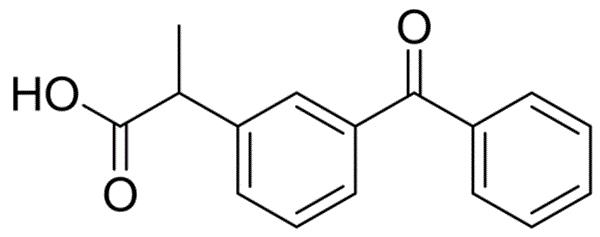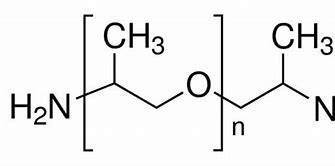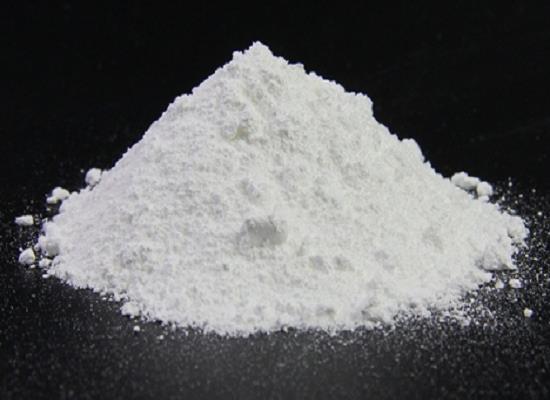Active Pharmaceutical Ingredients (API), popularly speaking, are the raw materials of medicines, only pharmaceutical raw materials are processed into pharmaceutical preparations , can they become medicines available for clinical use, so drugs we usually eat are the finished drugs through processing. Active Pharmaceutical Ingredients based on its sources can be divided into two major categories ,including chemical synthetic drugs and natural chemical drugs. Chemical synthetic drugs can be divided into organic synthetic drugs and inorganic synthetic drugs. Inorganic synthetic drugs are inorganic compounds ( very few is element), such as aluminum hydroxide, magnesium trisilicate which are used for the treatment of gastric and duodenal ulcers ; organic synthetic drugs are mainly composed of drugs made by basic organic chemical raw materials, through a series of organic chemical reactions (such as aspirin, chloramphenicol, caffeine, etc.). Natural chemical drugs ,based on its sources,can be divided into two categories including biochemical drugs and plant chemical drugs. Antibiotics are generally made by the microbial fermentation, which belongs to the biochemistry category. A variety of semi-synthetic antibiotics occurs in recent years,which are biosynthesis and chemical synthesis combining products.Among active Pharmaceutical Ingredients, the organic synthetic drugs varieties, yields and values have the largest proportion,which are the main pillars of the chemical and pharmaceutical industries. The quality of active Pharmaceutical Ingredients decides whether the formulation is good or bad , so its quality standards are very strict ,countries in the world have developed national pharmacopoeia standards and strict quality control methods for its widely used active Pharmaceutical ingredients.
Ketoprofen - A Journey Through Its Wonders and Applications
This comprehensive review delves into the chemistry, pharmacology, clinical applications, and emerging research surrounding Ketoprofen.
Oct 8,2024 APIPoly(propylene glycol) bis(2-aminopropyl ether): A Review of Synthesis, Properties, Applications, and Environmental Considerations
This review aims to delve into the intricacies of this compound, exploring its synthesis, properties, applications, and environmental considerations.
Sep 30,2024 APILeuprorelin: Pharmacodynamic Properties, Dosage and Administration
Leuprorelin, a gonadotrophin-releasing hormone analogue, reduces sex hormone levels for treating conditions like prostatic cancer, with variable dosages for adults and children.
Sep 30,2024 APIThe Versatile Pectin: A Sweet Journey Through Nature's Gelatin
This comprehensive review delves into the fascinating world of pectin, exploring its origins, structure, properties, applications.
Sep 29,2024 APINaringin: Pharmacokinetics, Biological Activities and Therapeutic Application
Naringin's limited solubility and low bioavailability hinder its clinical use, but strategies like encapsulation and microformulations may enhance its therapeutic potential.
Sep 29,2024 APIInosine: Physicochemical Properties and Role in Alzheimer's Disease
Inosine's varying levels in Alzheimer's models suggest a possible link to neuroinflammation and cognitive decline, making it a potential therapeutic target for treatment.
Sep 29,2024 APILinaclotide: Pharmacology, Pharmacokinetics and Clinical Applications
Linaclotide, a minimally absorbed peptide, enhances fluid secretion and gastrointestinal transit by activating GC-C receptors, effectively treating chronic constipation and IBS-C.
Sep 29,2024 APIAmygdalin: History, Pharmacokinetics and Toxicity
Amygdalin, once considered a cancer treatment, poses significant poisoning risks, particularly in children, leading to regulatory bans due to its ineffectiveness and toxicity.
Sep 29,2024 APIABS Resins: Industrial Applications, Advantages and Disadvantages
ABS Resins offer impact resistance, high strength, and versatility but have drawbacks like poor weather and fire resistance, limiting their use in some applications.
Sep 29,2024 API1,3-Cyclohexanedione: A Versatile Catalyst with Health and Environmental Considerations
1,3-Cyclohexanedione is a reactive cyclic diketone used in catalysis, posing health hazards and environmental risks that require careful handling and disposal.
Sep 29,2024 API












